I am realizing that although I have not been posting updates for some time, there are still people visiting this little blog. I get a monthly report now that indicates I have a few visitors. Thank you so much!
I continue to enjoy my 3D vision. Sometimes I catch myself tightening up and have to remind myself to relax, see the periphery and ease back into better vision. I have a growing collection of 3D movies and 6 pairs of the special glasses needed to watch movies on my home 3D TV with my family and friends.
I got some new cards for my aperture rule and one set (with circus characters) is in 3D, which is just so much more fun. I try to do a little every day to reinforce my skills and develop further.
I still second-guess myself when parking, and sometimes I see double a little at certain distances. That’s when I tell myself to relax and let my vision do its job. Sometimes that is easier said than done!
I tell everyone I meet about my obsession with sharing vision information! I am most likely to share in depth with those who let me know they have a vision issue, but almost everyone knows someone who can benefit from this knowledge!
In 2020, I started a new endeavor, a podcast entitled Healing Our Sight. I am working on connecting it to this little website as well as creating a new website (healingoursight.com) where it can also be housed. It is currently available on all the major podcast players, so if you are not aware of it, now is a good time to check it out! Here is a link to where you can currently find it if you are not using a podcast player: https://www.buzzsprout.com/1014844. iPhone users will find it on the Apple Podcast player. It is also on Spotify, Google Podcasts, Podcast Index, Amazon Music, IHeartRadio, Podcast Addict, Pod Chaser, Pocket Casts, Deezer, Listen Notes, and Player FM.
The goal of the podcast is to open a dialogue between patients as well as share insight from doctors and other professionals in ways we can improve and heal our vision. I would love to have more people subscribe, share and comment!
One of my recent podcast guests, Elisa Haransky-Beck, shared her work in somatics, which includes a weekly online yoga class that I have been participating in. I love the integration of body and eyesight that this is providing. Let me know if you would like further information about her class!
I am always looking for success stories to share on my podcast, as well as interesting people to interview to gain more insight into solutions. Suggestions for guests are always welcome as well!
Last month I saw the publication of a book in which I wrote a chapter. The book is entitled Turning Point Moments, volume 2 and is available on Amazon as print and ebook. I shared my story of that point when I knew I needed to make a different choice in order to realize my dream of seeing in 3D. Here is a link: https://www.amazon.com/Turning-Point-Moments-Inspirational-Creating-ebook/dp/B0C9W65JDG/ref=sr_1_1?crid=3S0GF6MB8R9V4&keywords=turning+point+moments+volume+2+christine+kloser&qid=1691731325&sprefix=turning+point+moments+kloser+%2Caps%2C130&sr=8-1. As of this writing, it is available on kindle unlimited and the ebook is $.99. The printed version is $14.99
I continue to be active on Facebook in the strabismus support groups. I don’t feel like I am able to reach as many people as I would like through this means, and suggestions on additional ways to support this community would be very much appreciated. I share my podcast and respond to questions as much as I am able in these forums.
Future plans: I will be including a new section on the website where I give a summary of each podcast episode which details my big take-aways. I hope this will be helpful to new people as they decide which episodes to binge on, or as a review for continuing listeners. New podcast episodes will be added at least a couple of times per month and I will work to catch up and keep up in the summary/take-away category. Additional resources will also be provided in the website brief.

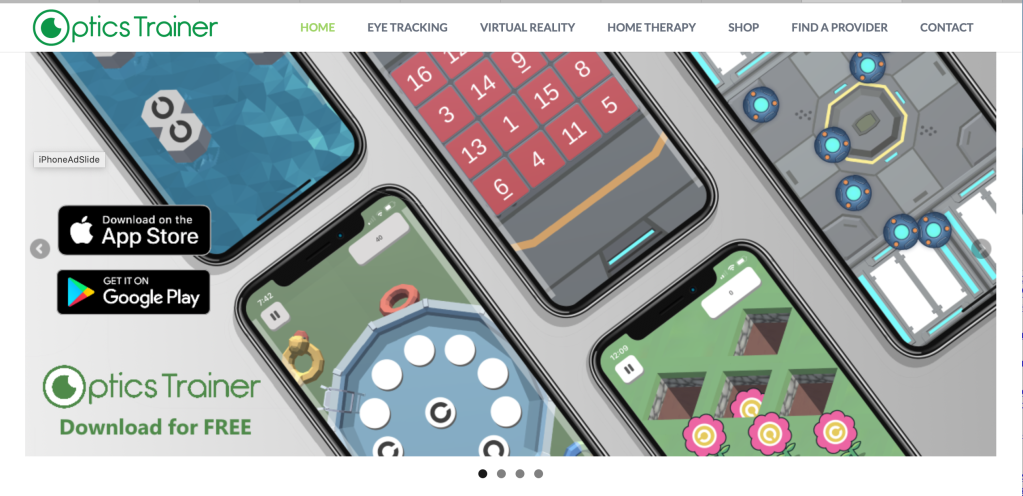

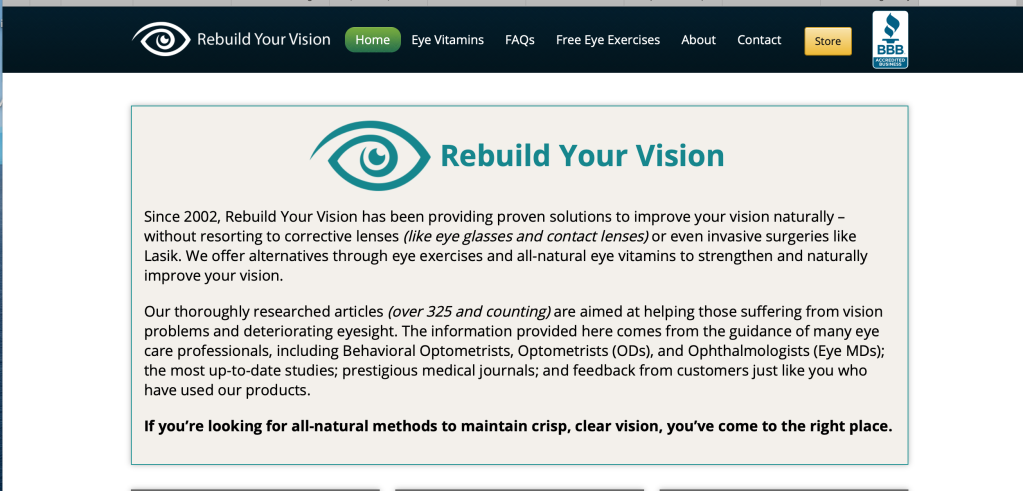
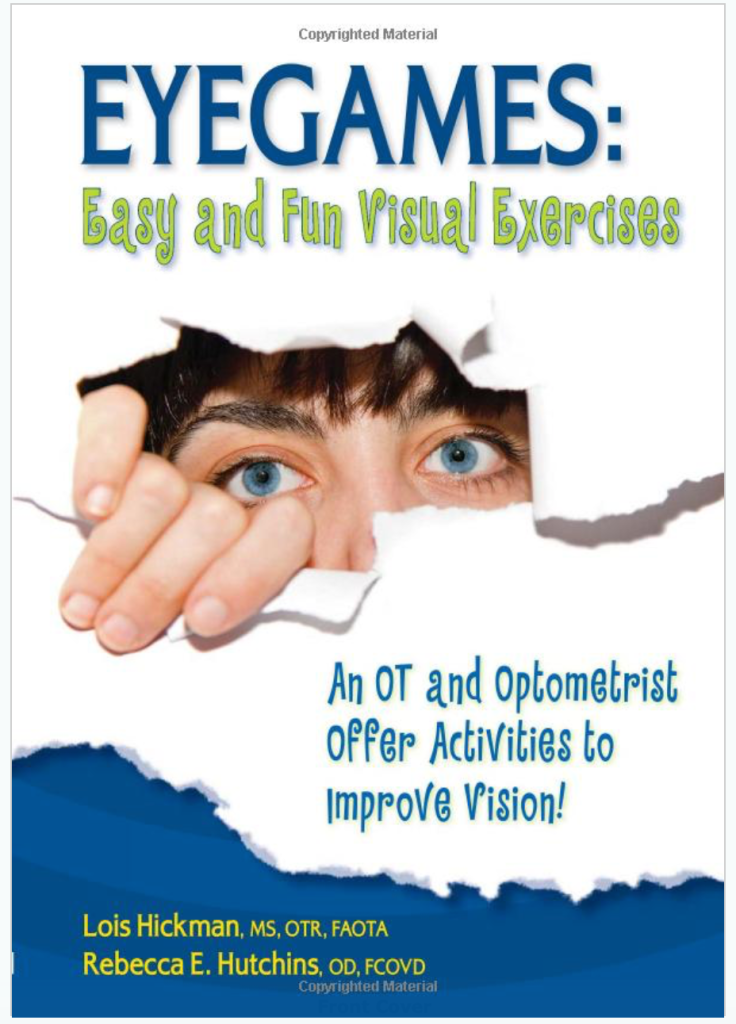

 If you have suffered a stroke or traumatic brain injury, it’s worth looking at getting that kind of help.
If you have suffered a stroke or traumatic brain injury, it’s worth looking at getting that kind of help. In his book
In his book 
 COVD is the College of Optometrists in Vision Development. The doctors who complete board certification have followed a stringent education program and demonstrated their competence. I trust that the doctors who fulfill these requirements are capable of helping their patients achieve their vision goals.
COVD is the College of Optometrists in Vision Development. The doctors who complete board certification have followed a stringent education program and demonstrated their competence. I trust that the doctors who fulfill these requirements are capable of helping their patients achieve their vision goals.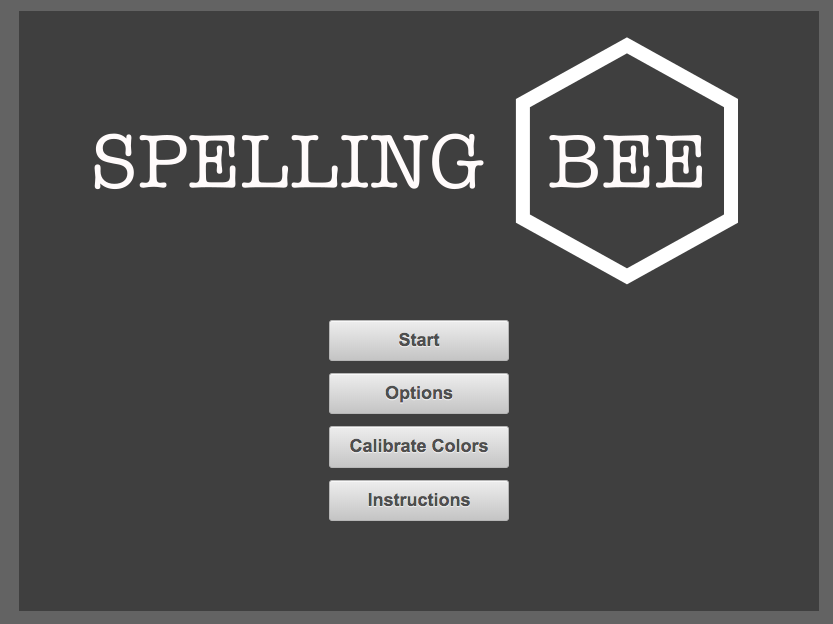 is found here
is found here 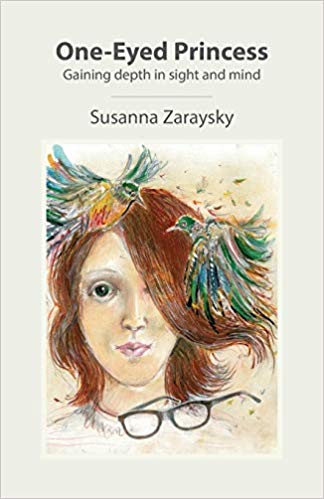 Susana wrote a book about her experiences, also called One-Eyed Princess: Gaining depth in sight and mind. She contacted me when she was writing the book to ask for permission to include my comments anonymously. I was happy to oblige In fact, I would have been fine with her including my name. It’s available on Amazon for $15 for the print version or $5 in Kindle format. Amazon link:
Susana wrote a book about her experiences, also called One-Eyed Princess: Gaining depth in sight and mind. She contacted me when she was writing the book to ask for permission to include my comments anonymously. I was happy to oblige In fact, I would have been fine with her including my name. It’s available on Amazon for $15 for the print version or $5 in Kindle format. Amazon link:
 It’s taken me a long time, but I have accepted the fact that for some of us, surgery is a necessary component to achieving more normal vision. I’m glad it wasn’t necessary for my daughter or my son, and that they were able to have vision therapy in their youth. But for me, eye muscle surgery was the key to success.
It’s taken me a long time, but I have accepted the fact that for some of us, surgery is a necessary component to achieving more normal vision. I’m glad it wasn’t necessary for my daughter or my son, and that they were able to have vision therapy in their youth. But for me, eye muscle surgery was the key to success.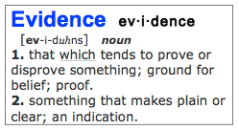
 A bright spot in the struggle was that he had been fixing broken screens on iPods and iPhones for friends as a hobby, usually for not much more than his cost. After vision therapy, he decided to place an online ad and start a business fixing broken screens, and charge a more reasonable rate. He has continued to do screen repair and he has business as long as he keeps his ad current. He’s also had repeat customers:)
A bright spot in the struggle was that he had been fixing broken screens on iPods and iPhones for friends as a hobby, usually for not much more than his cost. After vision therapy, he decided to place an online ad and start a business fixing broken screens, and charge a more reasonable rate. He has continued to do screen repair and he has business as long as he keeps his ad current. He’s also had repeat customers:)